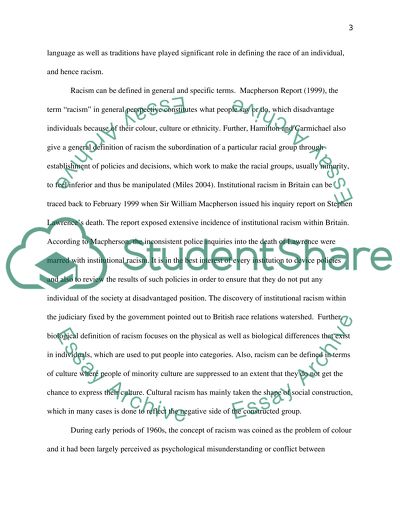Cite this document
(“The term racism and its existence in contemporary Britain Essay”, n.d.)
The term racism and its existence in contemporary Britain Essay. Retrieved from https://studentshare.org/sociology/1644855-the-term-racism-and-the-existence-of-racism-in-contemporary-britain
The term racism and its existence in contemporary Britain Essay. Retrieved from https://studentshare.org/sociology/1644855-the-term-racism-and-the-existence-of-racism-in-contemporary-britain
(The Term Racism and Its Existence in Contemporary Britain Essay)
The Term Racism and Its Existence in Contemporary Britain Essay. https://studentshare.org/sociology/1644855-the-term-racism-and-the-existence-of-racism-in-contemporary-britain.
The Term Racism and Its Existence in Contemporary Britain Essay. https://studentshare.org/sociology/1644855-the-term-racism-and-the-existence-of-racism-in-contemporary-britain.
“The Term Racism and Its Existence in Contemporary Britain Essay”, n.d. https://studentshare.org/sociology/1644855-the-term-racism-and-the-existence-of-racism-in-contemporary-britain.


